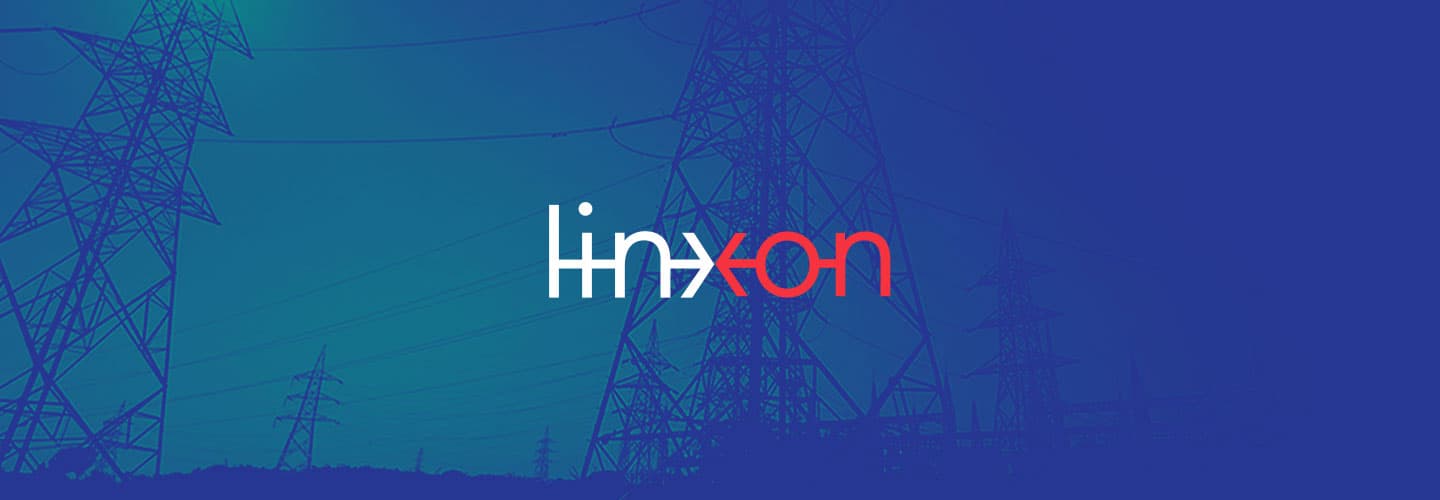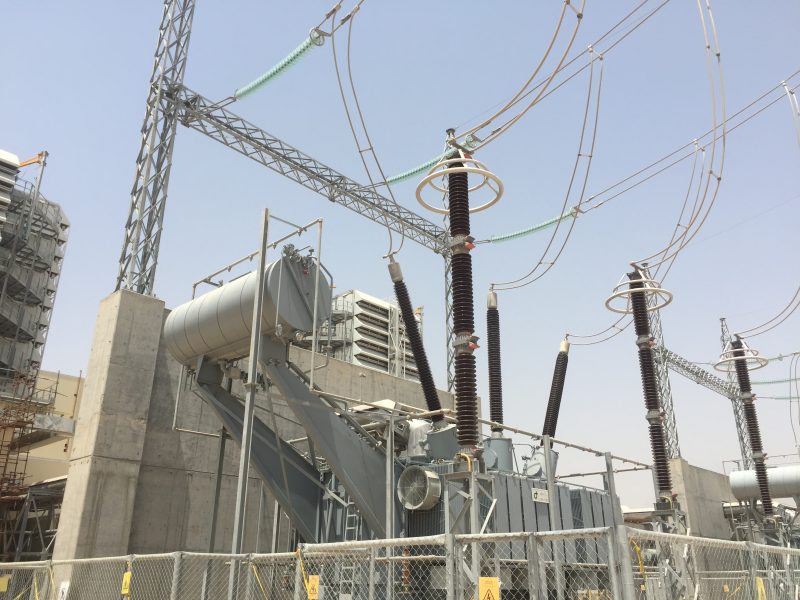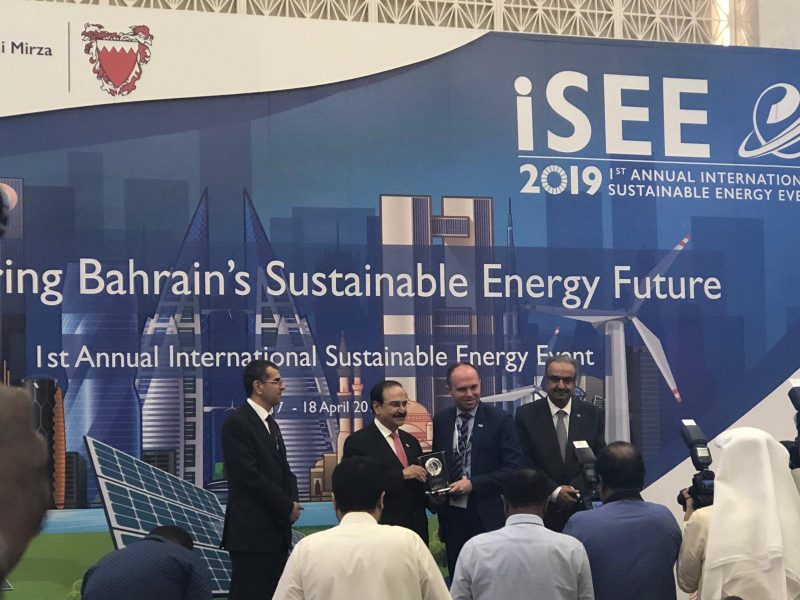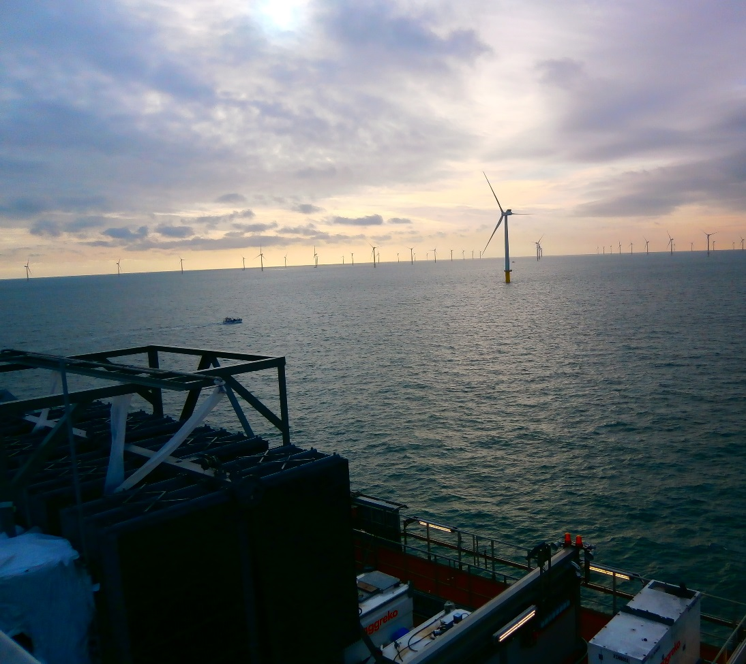Solar Photovoltaic and wind account for 70% of global power capacity expansion over the next five years, calling for policies targeting their cost-effective and secure integration in power systems. Wind and solar Photovoltaic costs continue to decline rapidly, improving their cost competitiveness versus new coal and natural gas plants. As per IEA the share of renewable’s in world electricity generation reached 25% in 2019 while remaining at 10% in heat and below 4% in transport demand.
The evidence from 2019 clearly indicates that renewable power is here to stay. Solar photovoltaic (PV) and wind are now mainstream options in the power sector, with an increasing number of countries generating more than 20% of their electricity with solar PV and wind. This is good news. But current trends show that bolder policy decisions are needed across all sectors of energy end-use to make our energy systems sustainable.
As per IRENA, by 2050 electricity could become the central energy carrier, growing from a 20% share of final consumption to an almost 50% share – and, as a result, gross electricity consumption would more than double. Renewable power will be able to provide the bulk of global power demand (86%). The primary drivers for this increased electricity demand would be over 1 billion electric vehicles, increased use of electricity for heat and the emergence of renewable hydrogen. Overall, renewable energy would supply two-thirds of final energy.
But, to accommodate this change in the electricity landscape in the region, the “grid” – the network of power generation plants; transmission systems, control centers and distribution systems, that brings power to homes and industry – must be upgraded.
Grid evolution and two-way power flow
Earlier the idea of the Grid was to distribute the power which was generated within the near vicinity of population and transmitted to the load centers based on the demand. However, with the arrival of renewables, things became complicated. This brought in the requirement of two-way power flow and a much-discussed topic of grid stability, quality and flexibility. These three concepts refer to different parameters that the electricity system needs to adapt within. Stability is the quick response to load variation and is about micro to milliseconds. Quality refers to ability to supply load demand in line with grid code compliance and flexibility is required to compensate for variability in supply and demand and maintain its balance. It is worth noting that the inertia of the grid (the resistance toward frequency changes) was provided literally by the physical inertia of the rotating parts of large generating units. However this flexibility is very low in case of renewable generation especially for solar.
Turnkey substation solutions from Linxon for generation sector
Electrical substations are crucial for transmitting electric power between the generating station and consumers. Without substations, most power would never even get to the consumer. To cover long distances, electricity moves along power transmission lines at much higher voltages than what is required to run equipment’s in our home. Substations act as hubs, collecting power from generation plants and re-transmitting electricity from points across the network. They’re equipped with transformers to “step-up” voltage for the long-distance transmission and finally stepping down to enter consumer network. Substations enable the efficient and reliable transmission and distribution of electricity. Within the substation, switchgear controls and protects the network from power outages and facilitates reliable electricity supply.
Ensuring reliable power supplies for most electric systems is a complex process from design to commissioning with emphasis on power quality and monitoring, protections and controls for the transmission and distribution of the electricity from the grid to the demand centers. In other words, a reliable substation and network associated with it.
Substations and electrification
Substation design and installation is Linxon’s focus and specialty. Linxon is a joint venture company set up by SNC-Lavalin and ABB to deliver turnkey electrical AC substation projects. Linxon undertakes turnkey electrical alternating current substation projects which includes project design, engineering, procurement, construction, management, commissioning and after-sales support.
It inherits both ABB’s deep knowledge gained from more than 130 years of designing and building complex networks and substations for multiple industrial sectors, and SNC‑Lavalin’s extensive global expertise in managing the needs of such infrastructure. electrification project management experience.
The competitive energy market requires innovative and reliable solutions for effective integration of power from conventional and renewable generation plants, and efficient transmission and distribution to residential, commercial and industrial consumers. Comprehensive domain knowledge, global experience and continuous innovation enable us to provide optimized turnkey solutions.
Linxon as Substation EPC solutions partner
Linxon offers highly efficient, innovative and time bound substation EPC solutions for the following domains:
- Conventional power plants covering simple, combined, co-generation and integrated solar combined cycle.
- Renewables: Utility scale solar, wind onshore and offshore, hybrid renewables, storage, hydro and waste to energy.
- Transportation
- Utilities
Cost effective solutions for the offshore wind market
First offshore wind turbine was installed off the coast of Denmark in 1991, from then on, offshore wind has steadily increased in popularity. The market has grown by almost 30 percent per year since 2010, reflecting a rapid reshaping of the energy mix. By 2030, offshore wind is projected to account for almost one quarter of the world’s wind generation, boosting efforts to reduce record-high carbon emissions. Offshore wind projects typically consist of offshore wind turbines, a sub-sea cable system, transition stations and high-voltage transmission lines to deliver wind power to the main grid. The potential build out of offshore wind development may drive the need for flexibility to connect the offshore transmission facilities together in an integrated grid.
There are several challenges that offshore wind power plants will meet to achieve the transportation of renewable energy from the turbines in the ocean to the load in which it may serve. Different power flow conditions may increase or improve transmission system congestion, and an annual profile production simulation may be fundamentally important to understand the project economics with respect to constraints or curtailments.
At the landing substation, control interactions and harmonics concerns will be met by careful plant studies and design. Harmonic filters may be necessary at the point of interconnection to manage the resonance considerations introduced by the extensive high voltage cable system. Reactive power droop controls with carefully chosen dead-band and delay control characteristics will mitigate the possibility of control interactions.
HVAC power cables are possible for connections of 50 to 60 miles as of now. Linxon specializes in the delivery of offshore and onshore substations encompassing the clear requirements stipulated by grid operator.
Substations at the center of change
Linxon puts special emphasis on selecting right design and components thus creating an optimal substation footprint and utilizing modular designs that support a high degree of reliability and reduces power quality issues including electrical harmonics, poor power factor, voltage instability and network imbalance. Modular configuration is adopted (wherever possible) to significantly reduce the installation time and provide better inventory control on the spares. This helps in reducing the overall life cycle cost of the project which helps our clients positively.
For Example: Linxon has commissioned a 400-kV Gas-Insulated Switchgear (GIS) substation at Mohammed bin Rashid Al Maktoum (MBR) Solar Park in Dubai and also constructing Shams 400 kV Substation to support the flow of power from MBR Solar park to Dubai Electricity & Water Authority (DEWA) Grid. Shams substation will be commissioned by end of 2020. Together MBR Substation and Shams Substation will evacuate more than 4,000 megavolt amperes (MVA) of power. To support the clean energy strategy 2050, DEWA is working to diversify the energy mix so that clean energy will generate 7 percent of Dubai’s total power output by 2020, 25 percent by 2030 and 75 percent by 2050. When completed in 2030, MBR solar park alone will occupy 214 Square km with a planned capacity of 5,000 MW. The park will help achieve a reduction of approximately 6.5 million tons of carbon emissions annually, with a total investment of AED $50 billion. Linxon is proud to be part of MBR Solar Park.
Digital substation and artificial intelligence
More than 10 years ago, IEC 61850 was introduced by the International Electrotechnical Commission (IEC). It is an international standard of a transmission protocol for the communication within electric substations for medium and high voltage and at the same time acts as a milestone for the digitalization of substations. One base element of a digital substation is the implementation of IEC 61850. An internationally valid data exchange format and data model that ensures interoperability between the products and systems of different manufacturers.
The basics of digital substations:
- Non-Conventional Instrument Transformers (NCITs) with merger units replaces the conventional Current & Voltage Transformers (CVT) and related cabling.
- IEC 61850-9-2 based process bus in the digital substation reduces costs in engineering, installation, commissioning and maintenance and increases security.
- Some of the advantages of digital substation solution with IEC 61850-9-2 based process bus: Elimination of copper cables, Reduced building foot print, Reduced project duration, Improved security, Operation & maintenance, Multiple options for redesign and up-gradation of system with less interruption
IEC 61850-9-2 provides guideline on different ways to structure the process bus communication.
The global digital substations market will reach 9.75 billion USD by 2023 from 6.13 billion USD in 2017 with a CAGR of 8.04% during the period. However, the slightly high initial investment for setting up the digital substation is restraining the market growth.
BIM – Building Information Modelling in Substation Design
In designing the substation, Linxon uses BIM, Building Information Modelling, to help to visualize the design. The use of BIM also eliminates design or construction errors. Some key features:
- Clash detection technique is one of the key features available in BIM software’s which eases the difficulties in cable routing and locating MEP services free from electrical equipment’s.
- BIM driven solutions for asset management provides many advantages:
- Maintenance and replacement scheduling
- Initiating order request
- System performance report
- Records of parts installation and replacement
A smart solution for digital substations with BIM in the future will unlock many options i.e.
- Real time data of equipment / system
- Auto delivery of instructions to equipment for virtual walk through inside substation for inspection supported by on line data
- Auto solutions for future extensions and modifications
Conclusion
Linxon delivers turnkey substation incorporating the latest technology covering conventional, renewable power generation, utilities and transportation segment. These are built on decades of knowledge, experience and trust.

Ramesh Trikkadi
Global Business Development Head – Thermal Water & Renewables at Linxon





